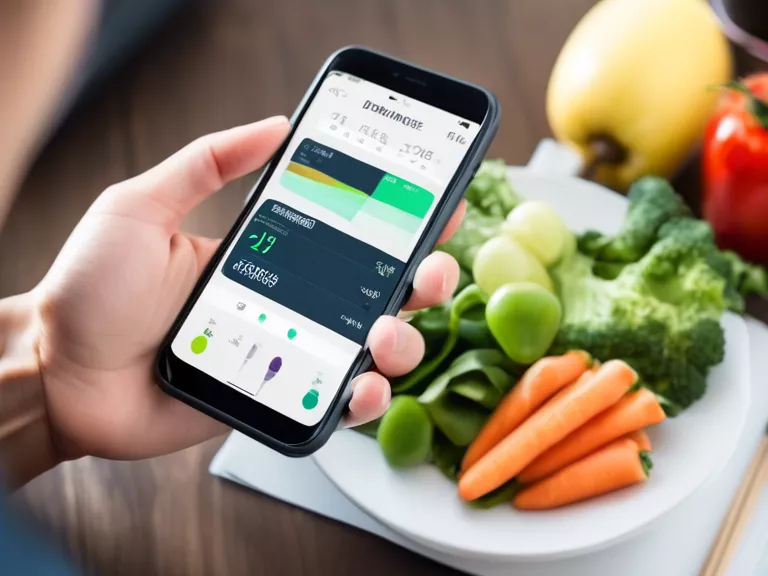
With the rise of diet-tracking apps, monitoring your daily nutrient intake has never been easier. These apps provide valuable insights into the food you consume, helping you make better choices for a healthier lifestyle. Here’s how you can leverage diet-tracking apps to keep track of your nutrient intake effectively.
Choose the Right App: There are many diet-tracking apps available, so it’s essential to find one that aligns with your goals and preferences. Look for apps that offer tracking for macronutrients (carbohydrates, protein, fat) and micronutrients (vitamins, minerals).
Set Your Goals: Whether you’re looking to lose weight, gain muscle, or simply improve your overall health, set specific goals related to your nutrient intake. Most apps allow you to customize your daily goals based on your age, gender, weight, and activity level.
Log Your Food: The key to monitoring your daily nutrient intake is to log everything you eat and drink. Many apps have extensive food databases, making it easy to find and track the nutritional information of your meals.
Monitor Your Progress: Regularly review your nutrient intake against your set goals. This will help you identify any deficiencies or excesses in your diet and make adjustments accordingly.
Use Additional Features: Some diet-tracking apps offer additional features like meal planning, barcode scanning, and recipe sharing. Take advantage of these tools to streamline your tracking process and discover new healthy recipes.
By using diet-tracking apps to monitor your daily nutrient intake, you can gain valuable insights into your eating habits and make informed decisions for a healthier lifestyle. Remember to stay consistent and diligent in logging your food intake to achieve your nutrition goals effectively.



